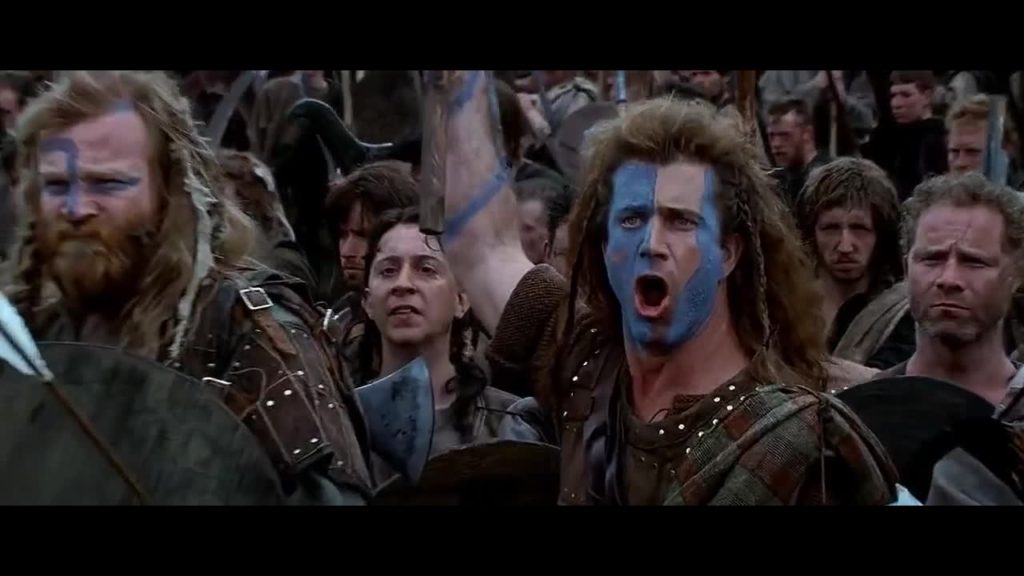
It’s common to feel blackpilled today. Anyone following world news is aware that the structure of society seems to be disintegrating, and that the human race appears to be regressing back into savagery. This is a terrible reality to confront but, underneath it all, there sprouts the seed of what will one day grow to be a new and healthy order. This essay explains.
Yes, this is how the Romans felt when the barbarians overran them. Watching helplessly from afar as mobs of strange young men beat people to death in the streets and the law enforcement authorities kneel in submission. The Westerners of 2020 share this experience with Romans from 1,600 years beforehand.
It’s an exceptionally depressing feeling, knowing that the great peace is over and that many years of war and deprivation lie ahead of us. A great many people feel it physically, in the form of restlessness, anxiety, loss of appetite and insomnia. The dread that so many feel is little different to the dread of a student approaching the date of an important exam that they haven’t studied for. We aren’t prepared for what’s coming.
All things go in cycles.
It is true that the world is falling into chaos and the old order is collapsing. We have been wealthy for so long that we have forgotten what it means to truly suffer. As such, our desires are no longer grounded in reality. Conflating our instinctual and artificial desires with our true will, we no longer have any common conception of morality.
Having lost a common conception of morality, there is no longer any way to unite in furtherance of a common goal. No-one can appeal to any value that is shared by all, and anyone who tries to is attacked by those who don’t share it. Anyone who tries to lead is torn down, and true leaders get replaced by opportunists, grifters and demagogues.
The inevitable result of this is disintegration, as the subfactions of society battle to impose their conception of morality on the others, while the genuine leaders who could bring unity are marginalised. Painful failure is the eventual outcome as the social fabric, the skin that holds the body politic together, is torn asunder.
Yet life will go on. The pain will burn away people’s ego-driven unwillingness to co-operate. The prickly narcissism that keeps people apart in wealthy times will fade away. A shared experience of great suffering will have the effect of creating both solidarity and humility. This combination will be the bricks and mortar that constitutes a new order of the world.
The factors that are today co-operating to spear tackle the West into the ground are the same factors that will co-operate to lift it up again. The Great Pendulum of History swings from the masculine to the feminine, and then back again, for ever. As there have been prevailing tendencies towards order, and then towards chaos, so will there be tendencies towards order once more.
The suffering of the coming years will make people snap back to reality. Wealth and prosperity allows delusion to go unpunished. Poverty and misery force people to see the world accurately and to think clearly. Reality is about to shirtfront us, and the end result will be much harder, sharper minds.
In the meantime, it has never been a better time to meditate. When things are easy, there’s little need to meditate, because one would rather be enjoying life. And why not? Life is hard enough as it is, so if there’s a chance to enjoy it one might as well take the opportunity.
When things are hard, meditation is immensely beneficial. In the same way that physical hygiene becomes extremely important during wartime lest one become physically sick, psychological hygiene becomes extremely important during times of stress lest one become psychologically sick. As the world is collapsing around us, it becomes imperative that we learn to control our emotions.
Here we speak of meditation in the pure sense, performed with no intent to achieve anything. One simply sits comfortably in silence and observes the rising and falling of one’s thoughts, without judgment and without getting too attached. Allow them to rise and fall, rise and fall, and practice observing them with dispassion and detachment.
Over time, one learns in this manner not to react strongly to thoughts and desires. The ideal is to allow thoughts and desires to enter consciousness without making an emotional impact. One learns to be the unwobbling pivot, around which all the impressions of the mind revolve. Eventually, one learns that the prima materia is consciousness itself, infinitely resolute and utterly unaffected by mere physical phenomena.
A person who knows how to meditate will have a much easier time of the coming few years. They will find the incessant media hysteria much less aggravating, and will be less inclined to participate in chimpouts. This relative absence of stress will leave them much happier and healthier than the average person.
Then, when the pendulum swings back towards order, the skilled meditator will find themselves in possession of spiritual knowledge. In the new age of order, spiritual knowledge will be as gold nuggets. Thus, the person who takes measures now to win the spiritual battle will find themselves in a strong position in the new order of the world.
*
If you enjoyed reading this essay, you can get a compilation of the Best VJMP Essays and Articles of 2019 from Amazon for Kindle or Amazon for CreateSpace (for international readers), or TradeMe (for Kiwis). A compilation of the Best VJMP Essays and Articles of 2018 and the Best VJMP Essays and Articles of 2017 are also available.
*
If you would like to support our work in other ways, please consider subscribing to our SubscribeStar fund. Even better, buy any one of our books!



